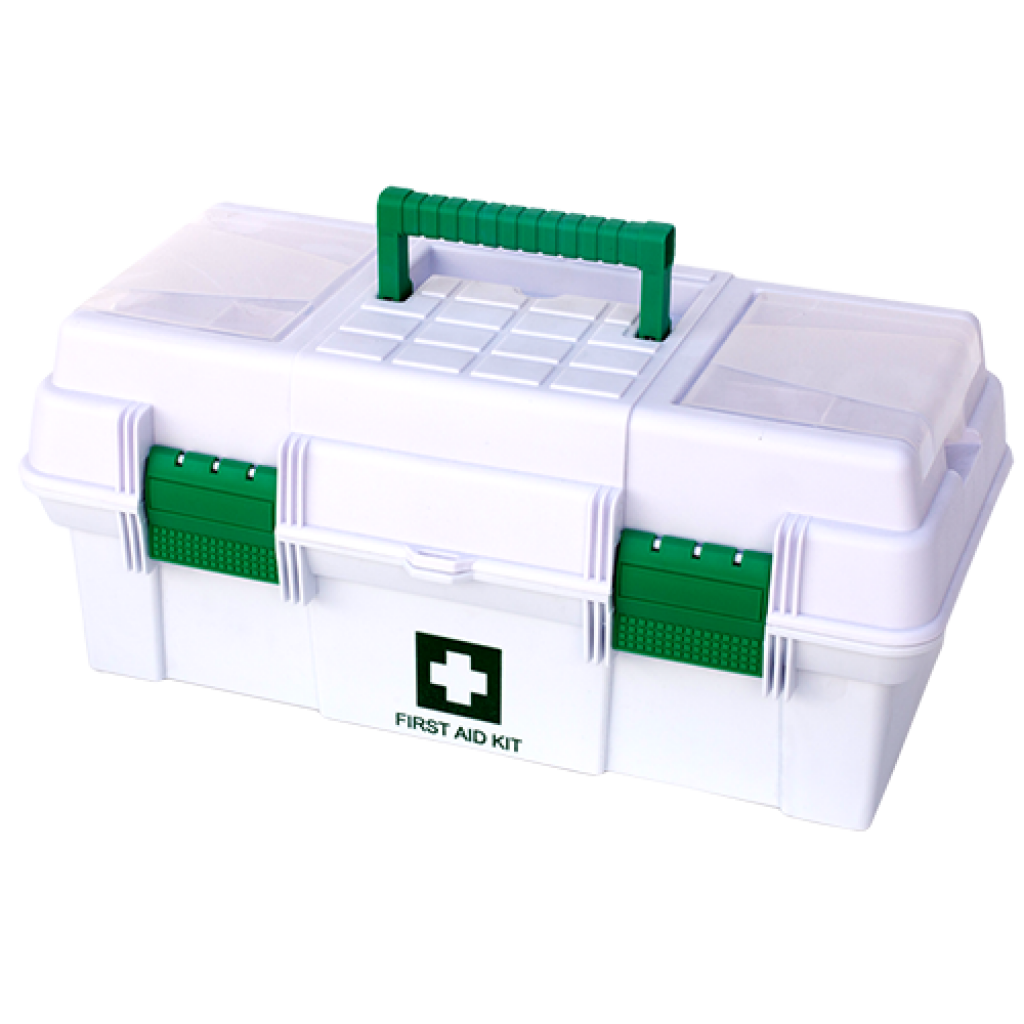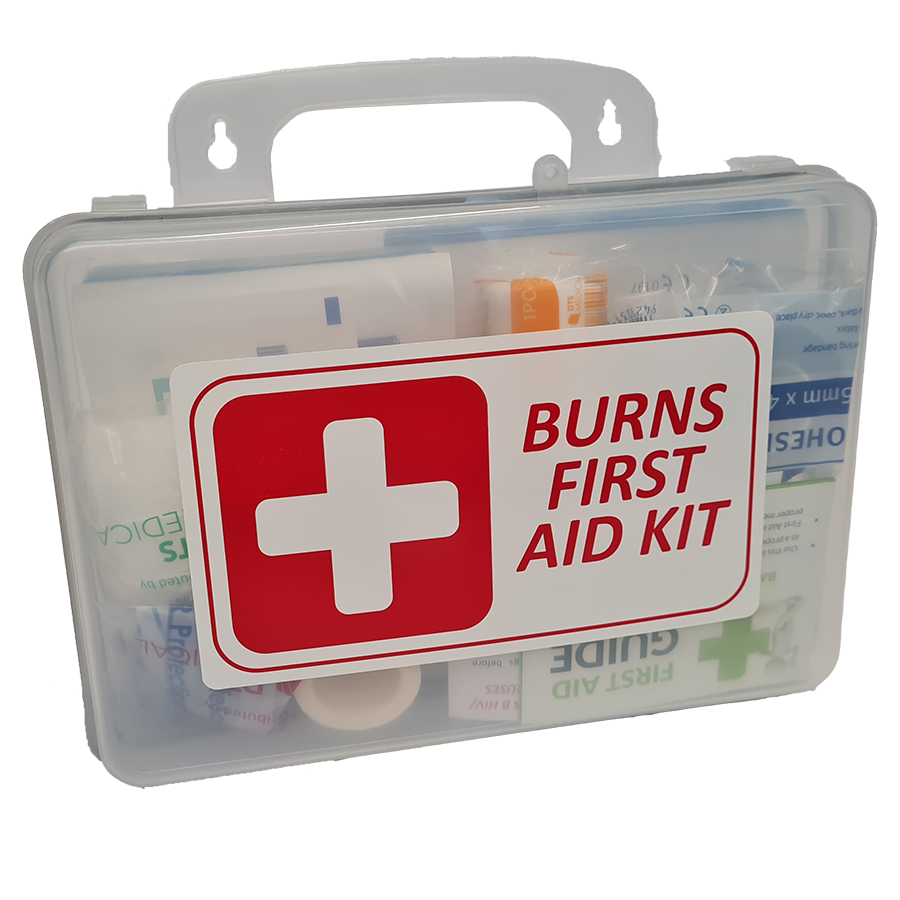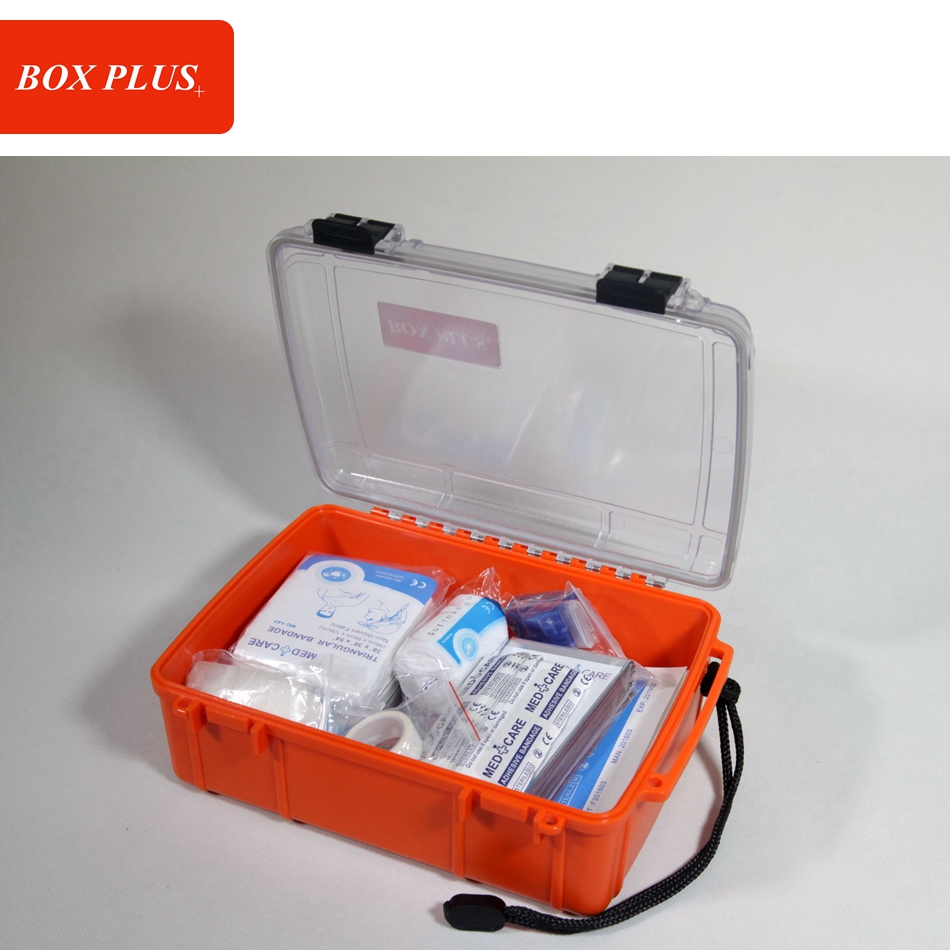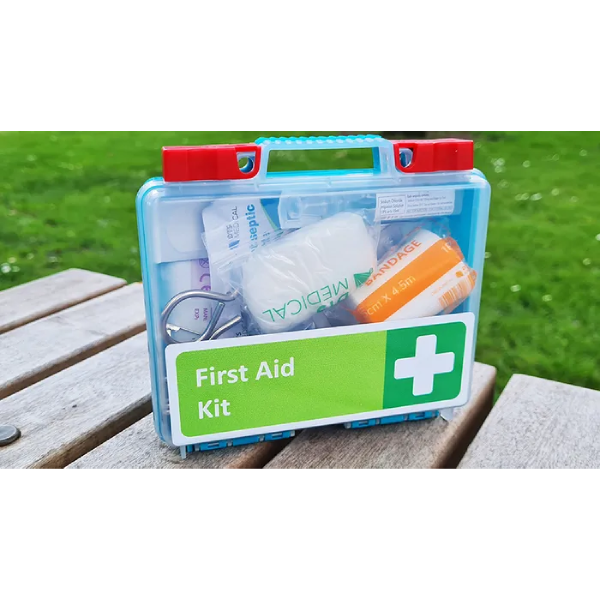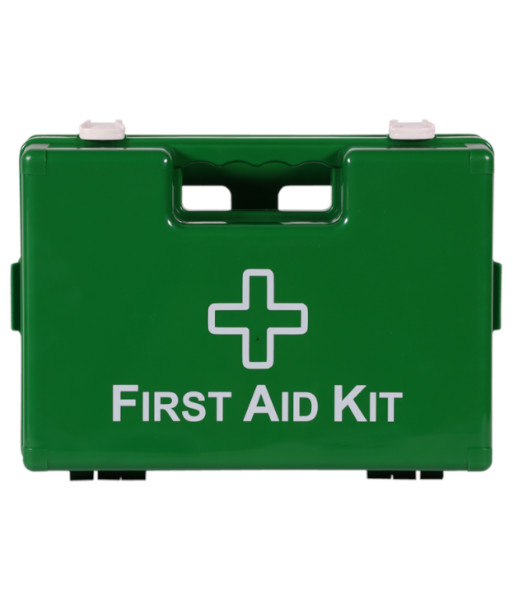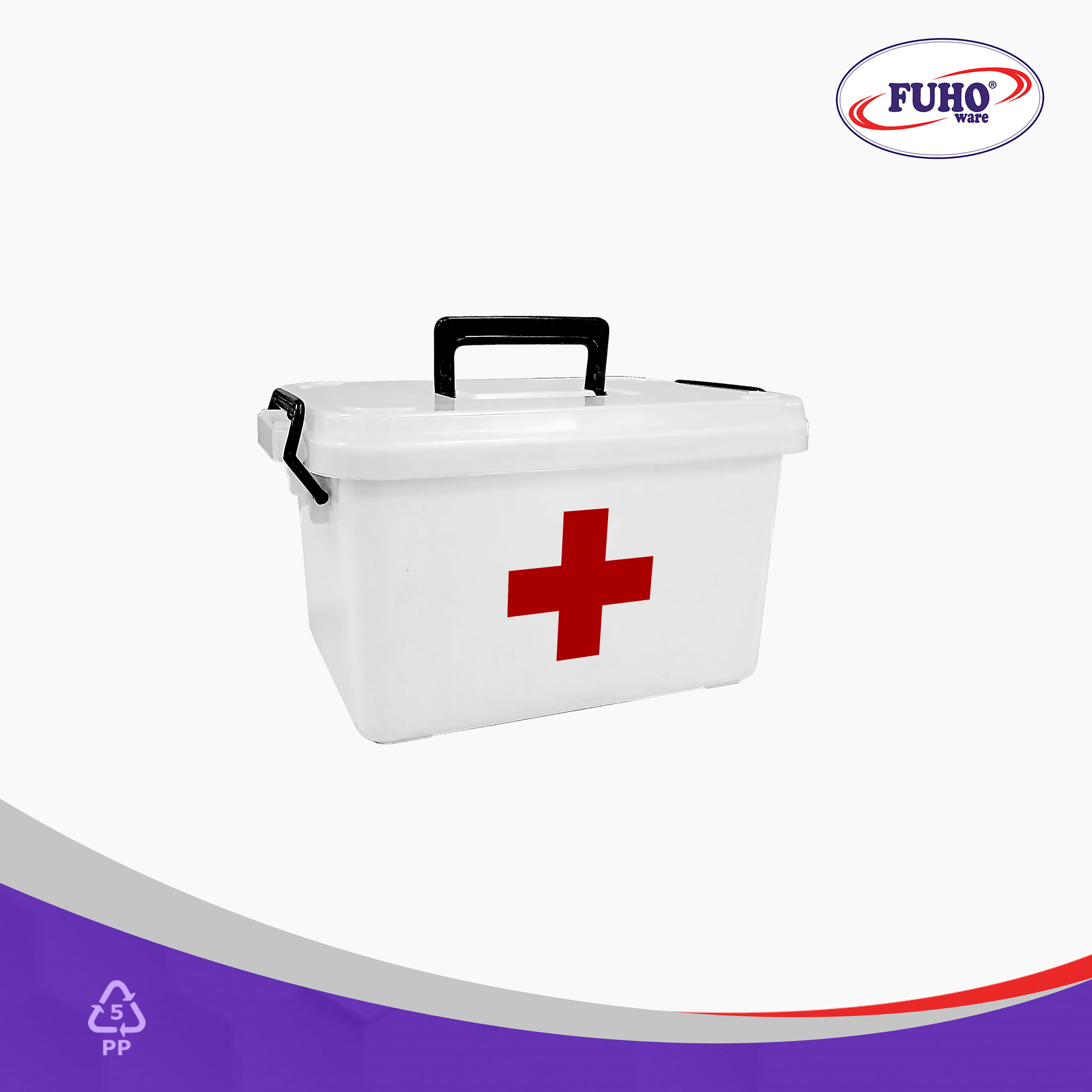Plastic Box For First Aid Kit

Imagine a bustling summer camp, the joyous shrieks of children echoing through the trees. Suddenly, a scraped knee halts the fun, tears welling up. But a quick-thinking counselor, armed with a bright red plastic box, rushes to the rescue, turning a moment of distress into a comforting experience. This simple scene, repeated countless times across homes, schools, and workplaces, highlights the quiet heroism of the often-overlooked first aid kit, and, more specifically, the humble plastic box that houses its life-saving contents.
At its core, this is a story about accessibility, organization, and peace of mind. The plastic box, seemingly mundane, is the keystone of effective first aid, ensuring that essential supplies are readily available when every second counts. This article delves into the surprisingly significant role of this unassuming container, exploring its design considerations, its impact on emergency response, and its contribution to a culture of preparedness.
The Evolution of a Lifesaver: From Tin to Plastic
First aid kits have a long and storied history, evolving from basic medical bags carried by battlefield medics to the comprehensive kits we see today. Early versions were often housed in metal tins or wooden boxes, offering durability but lacking in portability and organization. The introduction of plastic as a material revolutionized the design of first aid kits.
Plastic offered several key advantages. It was lightweight, durable, water-resistant, and easy to mold into various shapes and sizes. This allowed for the creation of compact and easily transportable kits, suitable for a wide range of environments, from hiking trails to kitchen cupboards.
The Science of a Simple Box
The design of a plastic first aid box is far from arbitrary. Manufacturers carefully consider several factors to ensure optimal functionality. Color, for instance, is a crucial element. The bright red or orange color, commonly used, makes the kit easily identifiable in emergency situations, allowing for quick retrieval.
Compartmentalization is another key design feature. Internal dividers and organizers help keep supplies neatly arranged and easily accessible. This is vital in a crisis, when time is of the essence and fumbling for the right item can have serious consequences. Clear labeling of compartments further enhances usability.
The type of plastic used is also carefully selected. Polypropylene and other durable, impact-resistant plastics are often favored for their ability to withstand harsh conditions and protect the contents from damage. According to a report by the National Safety Council, the durability of the container is a critical factor in ensuring the efficacy of the kit's contents over time.
Beyond the Box: Cultivating a Culture of Preparedness
The plastic box is more than just a container; it's a symbol of preparedness and a catalyst for safety. By making first aid supplies readily available, it empowers individuals and communities to respond effectively to emergencies.
Schools, workplaces, and public spaces that prominently display well-stocked first aid kits contribute to a culture of safety. This visibility not only provides immediate access to necessary supplies but also serves as a constant reminder of the importance of being prepared.
Furthermore, the plastic box encourages regular inspection and restocking of supplies. A clear, organized kit makes it easy to identify expired or missing items, ensuring that the kit is always ready for use. Many organizations, like the American Red Cross, offer guidelines and checklists for maintaining a well-stocked first aid kit.
The Impact on Emergency Response
The impact of a readily available first aid kit, housed in a sturdy plastic box, can be profound. In minor emergencies, it can prevent injuries from escalating and provide immediate relief. In more serious situations, it can buy valuable time until professional medical help arrives.
Consider a construction site, where minor cuts and abrasions are common. A well-stocked first aid kit allows workers to quickly clean and bandage wounds, preventing infection and allowing them to return to work safely. This not only reduces the risk of complications but also minimizes downtime and increases productivity.
In homes, a first aid kit can be invaluable in treating burns, sprains, and other common household injuries. The ability to quickly access necessary supplies can alleviate pain, reduce anxiety, and prevent long-term complications. According to the World Health Organization, basic first aid knowledge and access to appropriate supplies can significantly improve outcomes in many emergency situations.
The Future of the First Aid Box
The plastic box, while simple in design, is constantly evolving to meet the changing needs of users. Manufacturers are exploring new materials, designs, and technologies to enhance its functionality and usability.
Some kits now incorporate features such as integrated checklists, QR codes that link to instructional videos, and even Bluetooth-enabled sensors that monitor the expiration dates of supplies. These innovations are aimed at making first aid even more accessible and effective for everyone.
Sustainability is also becoming an increasingly important consideration. Manufacturers are exploring the use of recycled plastics and biodegradable materials to reduce the environmental impact of first aid kits. This reflects a growing awareness of the importance of balancing safety with environmental responsibility.
The future may also see the integration of more personalized first aid solutions. Kits tailored to specific needs, such as those for individuals with allergies or chronic conditions, could become more commonplace.
The enduring appeal of the plastic first aid box lies in its simplicity, functionality, and ability to provide peace of mind. It's a symbol of our innate desire to protect ourselves and others, a testament to the power of preparedness, and a reminder that even the most unassuming objects can play a vital role in safeguarding our well-being.
Next time you see a bright red or orange plastic box, take a moment to appreciate the quiet heroism it represents. It's a symbol of hope, a beacon of safety, and a testament to the enduring power of human compassion. It’s a simple tool that embodies our collective responsibility to care for one another, transforming moments of panic into opportunities for healing and reassurance. It quietly stands ready, a testament to the profound impact of simple, thoughtful design on our lives.
